We could talk for days about the near-mythical Yamato, without saying anything new, so how about we have a chat about another epic Japanese ship instead? Although nowhere near the size and destructive power of the WWII giant, the 125-year-old Mikasa was not only at the forefront of Japan’s first major naval victory, but is still in existence as the last surviving pre-dreadnought. If you have a bucket list of historic ships to visit (like someone else I know), read on, and you might find yourself on the bullet train to Yokosuka sooner than you thought.
Before Dreadnought, We Had…
“Pre-dreadnought” is a slippery term, encompassing multiple design concepts in the late 19th century, before Britain’s revolutionary 1906 battleship design dazzled and mortified the world. As expected, the Royal Navy set the bar in pre-dreadnought technology, too, the HMS Majestic serving as a benchmark with her steel hull, rotating turrets, cordite-propelled guns, and torpedo tubes. A major drawback of this short-lived generation was the triple-expansion engine, which not only put limits on the speed but also restrained the number of colossal guns on board to just moderately outrageous.
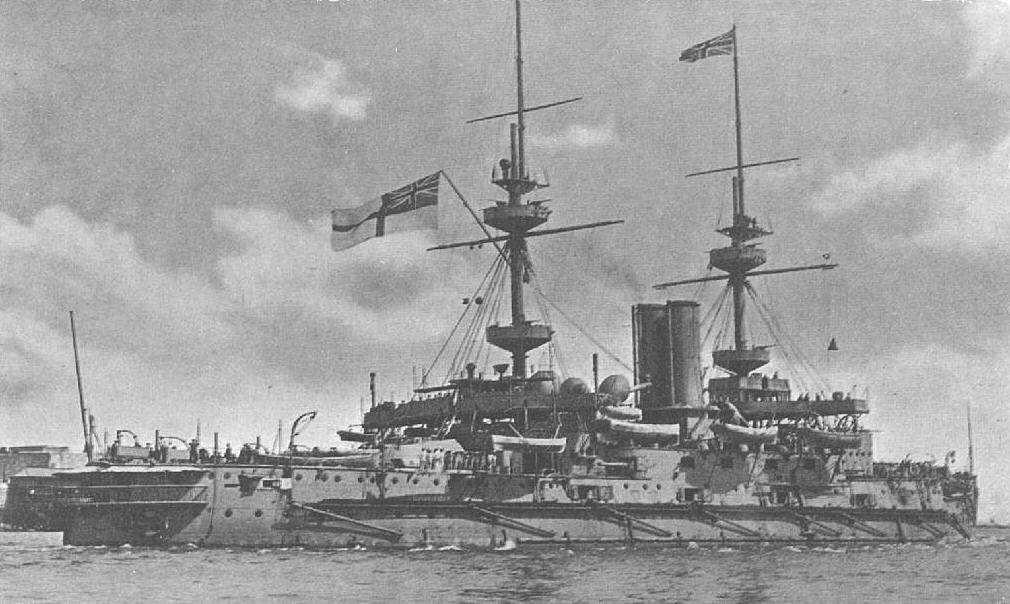
The Rise of the Rising Sun
Worried that the lack of a modern navy would lead to Japan’s colonization by foreign powers, Tokyo began the 20th century with a frenzied overhaul. The fledgling empire had never forgotten Commodore Perry’s surprise visit in 1853 and the ensuing episode of gunboat diplomacy. As part of its master plan to catch up with the West, the Imperial Navy hired the Vickers shipyard in 1898 to build a modified version of the British Formidable-class. Just as it was with the Yamato much later, Mikasa’s armament was unusually heavy for the size, in an attempt to make up for Japan’s relatively small fleet. To squeeze in as much firepower as possible, among other reasons, the designers decided against turrets, mounting the guns on protected barbettes instead. This gave Mikasa a deceivingly sleek profile, hiding her enormous destructive potential.
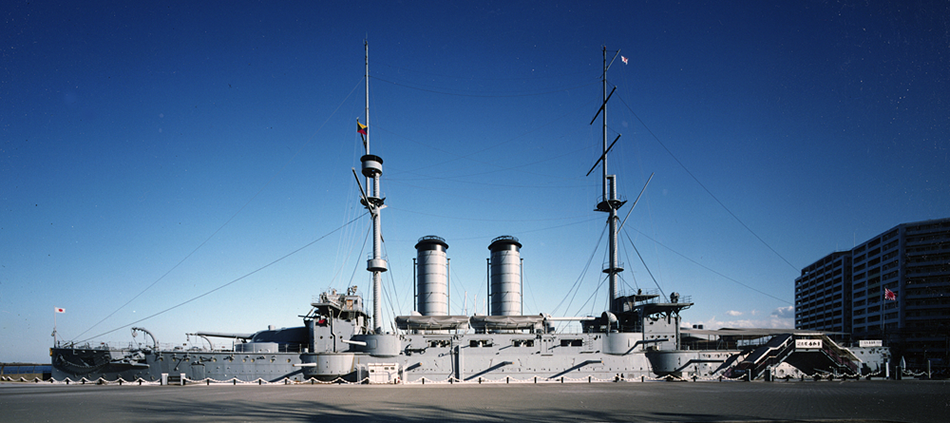
Before Dreadnought introduced the uniform battery of large-caliber guns, warships had a powerful main battery, with supporting clusters of secondary armament, and Mikasa was no exception. Japan had a strong preference for the massive Armstrong 12-inch guns and the frightful 850-pounder shells they fired. Four of these monsters graced the Mikasa, mounted on armored barbettes for enhanced stability and protection in battle. Fourteen encased rapid-fire 6-inch howitzers (two more than the Majestic) formed a formidable secondary battery directly on the main deck, while twenty 3-inch guns guarded against torpedo boats. The ship also featured a tube on each broadside for 18-inch torpedoes. Armed to the teeth, the Emperor’s new toy was ready for battle. She did not wait long.
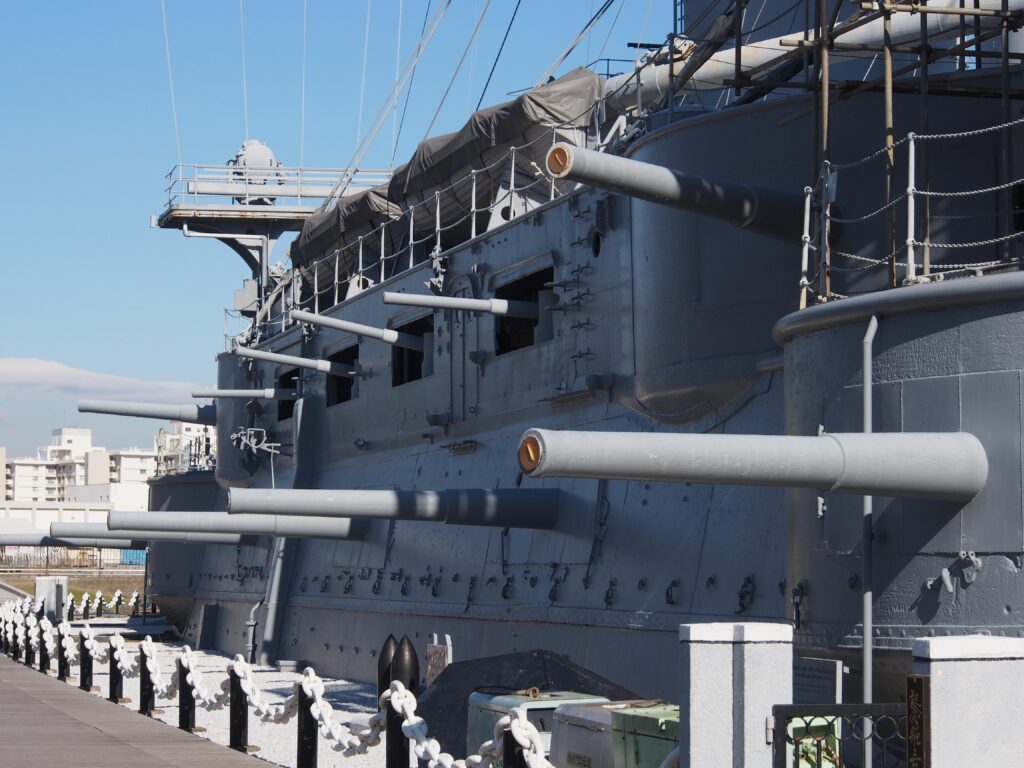
Surprise For the Tzar
The 20th century dawned over a Far East tormented by political instability and international rivalry. As the Qing Dynasty plunged into disarray, foreign powers scrambled for a piece of the rattled Chinese Empire – Britain solidified its dominance in the treaty ports of South and East China, while Germany, Russia, and Japan clawed at the Northeastern provinces. As latecomers to the industrialization game, Russia and Japan vied for prestige as rising colonial powers, pushing aggressively into resource-rich Manchuria and Korea. After several years of futile diplomatic waltzing, the two Pacific rivals finally clashed head-on in February of 1904.
Visit The Shipyard Shop!
-
Silver Coin 1954 Portugal 10 Escudos
30.00 $ -
Steamboat Willie Silver Coin
70.00 $ -
2003 Russia 3 Roubles
70.00 $ -
Italy 500 Lire Columbus Caravelle
25.00 $ -
USSR 1990 3 Silver Roubles
70.00 $
Two days before the formal declaration of war could reach Russian headquarters, the Japanese Navy launched a surprise attack on the Russian stronghold in Port Arthur (now Dalian, Liaoning Province). The surprise did not produce the devastating effect Admiral Togo had expected, but he still made a major breakthrough with a clever scheme that struck at the heart of the Russian Navy. Headquartered on the Mikasa, Togo lured out the flagship Petropavlovsk to a battle at sea, where the Japanese seemingly took a beating and retreated, all this while Togo’s men were secretly mining the return route to port. Petropavlovsk hit one of the mines on the way back, sinking with the fleet’s commander Vice-Admiral Makarov and 676 others.
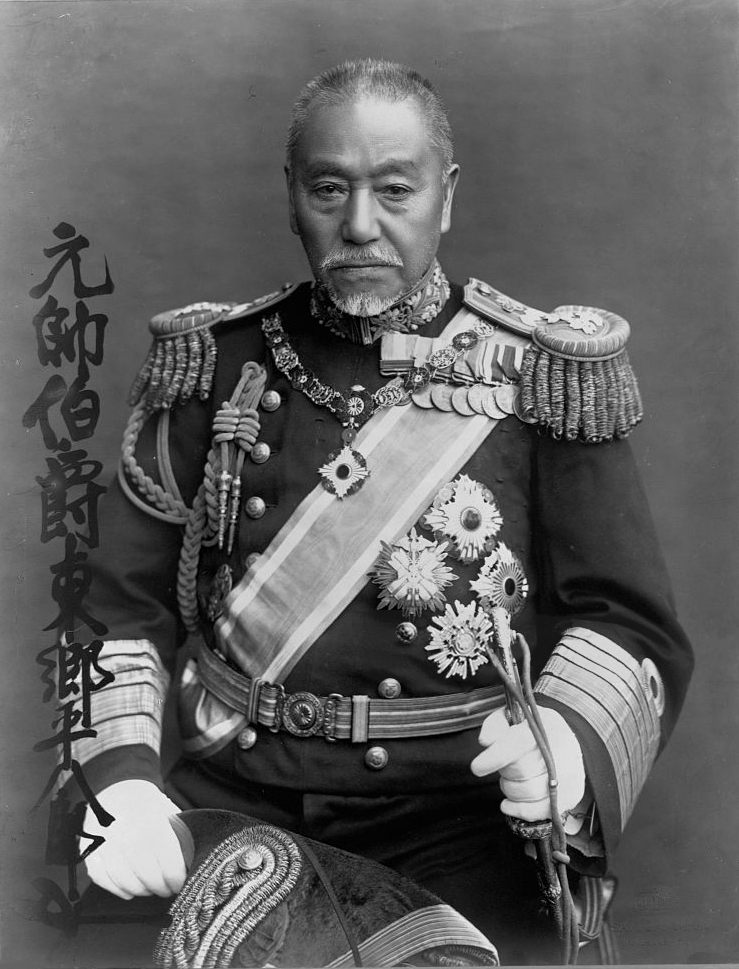
(Credits: Library of Congress/Corbis/VCG)
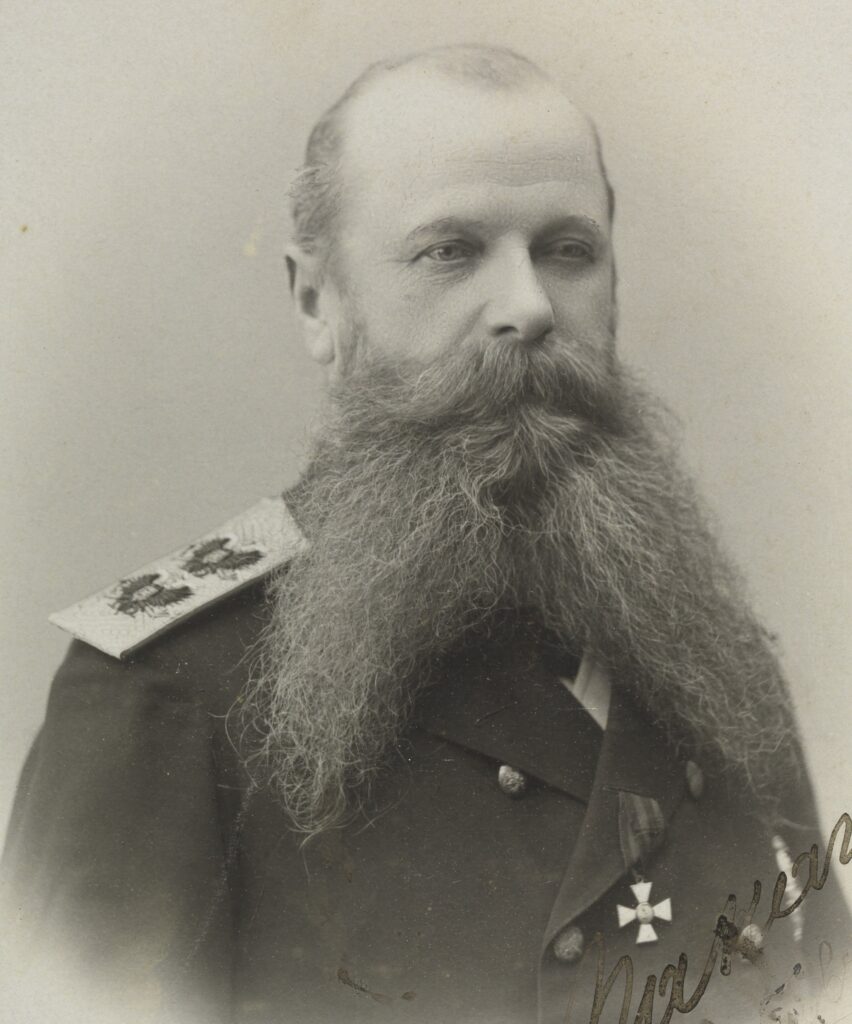
(Credits: National Library of Norway)
Later in the year, Mikasa took a more active role in the naval battles, attracting heavy Russian fire and suffering significant damage to one of the barbettes, with the loss of 125 crew. The Japanese army, however, maintained intense bombardment from the shore, resulting in the complete annihilation of the blockaded Russian Pacific Fleet.
In a desperate move that fascinates and bewilders historians to the present day, Tzar Nicholas II dispatched his Baltic Fleet on a grueling journey across the globe to face the Japanese Navy and defend Russia’s prestige in a final tragic showdown. When the worn-down fleet arrived at the Tsushima Strait off the coast of Korea, Admiral Togo was waiting on his faithful Mikasa. Behind him bristled over 40 warships, ready to fight to the death.
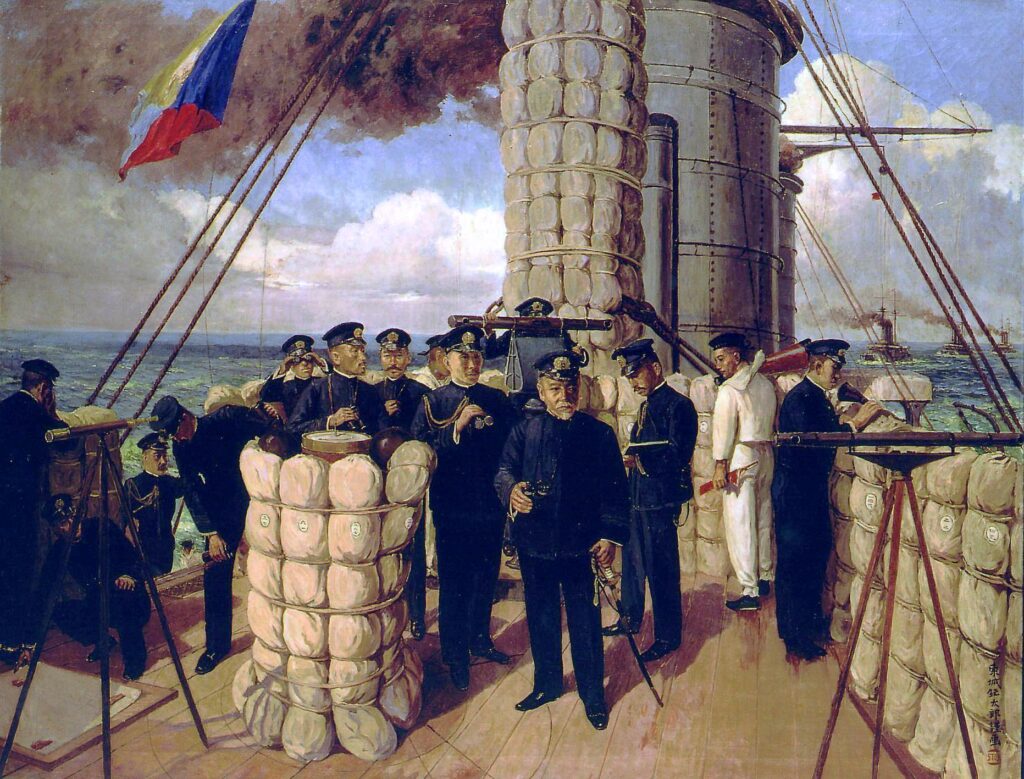
In the course of the battle, Mikasa took 30 hits from high-caliber Russian guns, but Togo’s brilliant tactics and Japanese technical superiority weighed in. The Japanese fleet had advanced optical range-finders, and their shells produced a more visible explosion upon impact, providing gunners with valuable feedback. The shells were loaded with Shimose powder – a Japanese invention with increased incendiary properties – causing extensive fires on board the target vessel, especially since Russian battleships had plenty of wooden elements. In addition to the higher success-rate of Japanese artillery, Togo’s fleet maneuvered at almost 50% higher speed, all these factors combined turning the battle into a massacre.
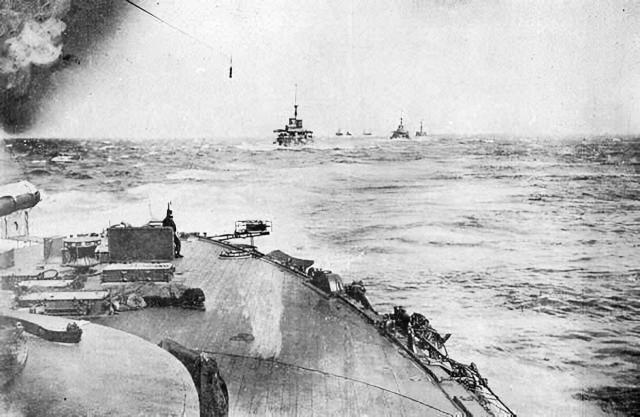
The morning of 28 May 1905 revealed a gruesome aftermath for the Russians: 4,830 killed, 5907 captured, 19 battleships sunk, 2 scuttled, and 11 captured. The mighty Russian Imperial Navy was annihilated, the last remnants of their elite fleet now smoldering in the Tsushima Strait.
Casualty Of Peace
In what can only be labeled as bitter irony, Mikasa took her worst beating six days after peace was signed, when a magazine exploded on board, killing 251 and sinking the ship at her moorings near Nagasaki. Even after a complete rebuilt in the following two years, she never again rose to her former glory. Following the Great War, Mikasa was preserved as a memorial ship, but after suffering extensive damage in the bombings of WWII, she was left to decay for a decade. In 1955, with joint efforts by Japanese citizens and the occupying United States forces, Mikasa was restored and reopened as a museum ship. And, as I finish writing this paragraph, I already have a few tabs open with flight deals to Tokyo…
The Shipyard

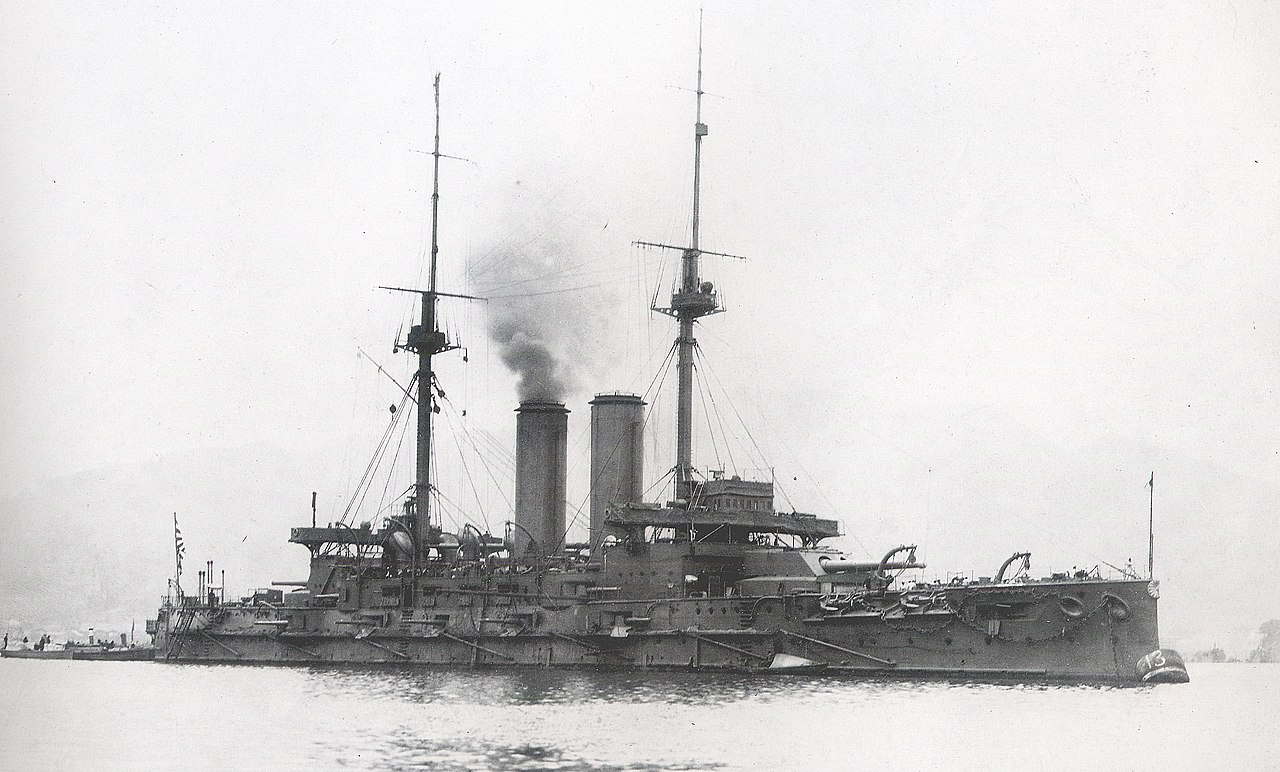
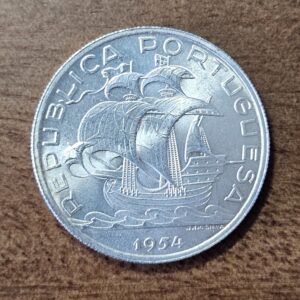
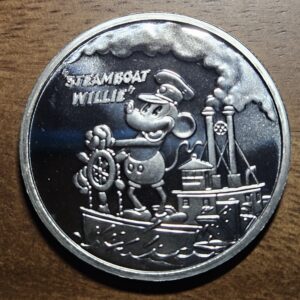
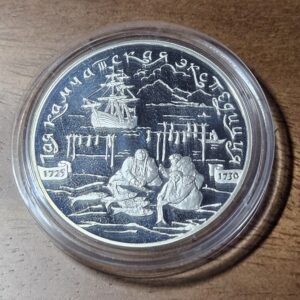
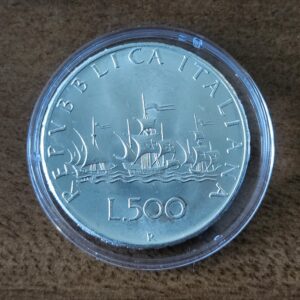
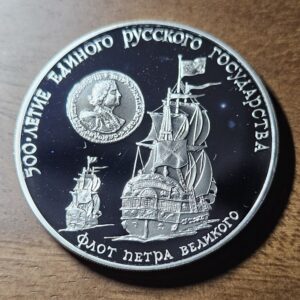
Great post. I visited Mikasa in 1983 (when my ship HMCS Gatineau was in port) and fully support the need for you to see her. The ship was in excellent shape then, wonderfully restored / preserved. As I recall, the interpretive panels were sparse (who had a phone back then with Google translate?). But this can only have been improved.
Have fun, and keep up this great work.
Thank you! Awesome that you had a chance to visit! It’s definitely on my list.